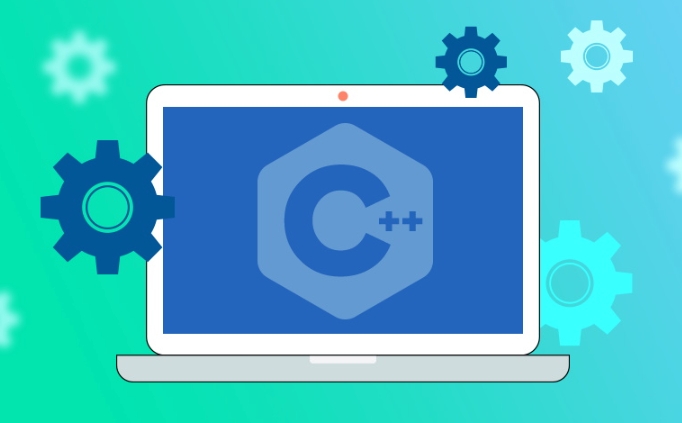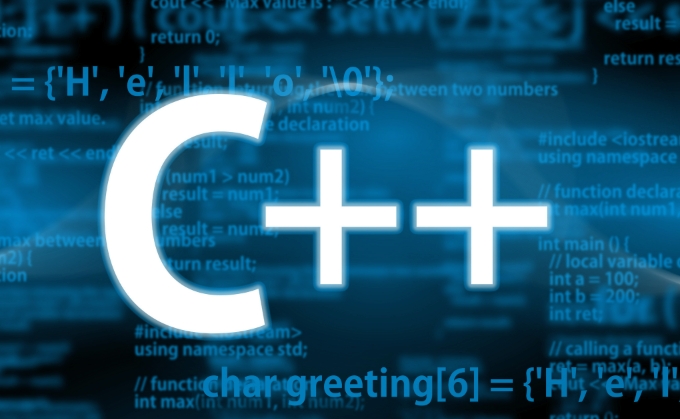There are mainly the following methods to obtain stack traces in C: 1. Use backtrace and backtrace_symbols functions on Linux platform, and obtain the call stack and print symbol information by including

Getting stack trace in C is not a directly built-in feature like some high-level languages, but it can be achieved through some system calls or third-party libraries. Stack information is very useful especially when debugging crashes or exceptions.

Here are some common ways to get stack traces in C programs.

Use backtrace and backtrace_symbols (Linux)
If you develop on the Linux platform, you can use the backtrace function family provided by glibc to get the current call stack.
#include <execinfo.h>
#include <stdio.h>
#include <stdlib.h>
void print_stack_trace() {
void* array[10];
size_t size;
// Get the call stack size = backtrace(array, 10);
// Print symbol information char** symbols = backtrace_symbols(array, size);
for (size_t i = 0; i < size; i) {
printf("%s\n", symbols[i]);
}
free(symbols);
}Note: The
-rdynamicparameter must be added during compilation so that the function name can be displayed correctly.
This method is suitable for debugging, logging, or catching exceptions when outputting the stack.
Using CaptureStackBackTrace on Windows
Similar functions can be implemented on Windows platform through the CaptureStackBackTrace function in DbgHelp.h .
#include <windows.h>
#include <dbghelp.h>
#include <iostream>
void print_stack_trace() {
void* stack[100];
WORD frames;
frames = CaptureStackBackTrace(0, 100, stack, NULL);
for (WORD i = 0; i < frames; i) {
std::cout << stack[i] << std::endl;
}
}The link to DbgHelp.lib is required, and the debugging information requires PDB file support to parse the function name.
Use third-party libraries to simplify operations
If you want to cross-platform or obtain more detailed symbolic information, you can consider using the following library:
- Google Breakpad : For cross-platform crash reporting, including full stack capture and minidump generation capabilities.
- Boost.Stacktrace : The module provided by Boost encapsulates the method of obtaining stacks on each platform, which is very convenient to use.
For example, using Boost:
#include <boost/stacktrace.hpp>
#include <iostream>
void bar() {
std::cerr << boost::stacktrace::stacktrace();
}
void foo() { bar(); }
int main() {
foo();
return 0;
} This outputs the full call stack from main() to bar() .
Capture the stack in exception handling
If you want to automatically print the stack information when an exception is thrown, you can call the above mentioned method in the catch block. for example:
try {
// Code that may throw exceptions} catch (...) {
std::cerr << "Exception caught:\n";
print_stack_trace(); // Custom stack printing function}This method is especially helpful for debugging runtime errors.
Basically that's it. Different platforms and needs determine which method you should choose. It is enough to use the system API for simple scenarios. It is recommended to introduce Boost or other mature libraries for complex projects.
The above is the detailed content of How to get a stack trace in C ?. For more information, please follow other related articles on the PHP Chinese website!

Hot AI Tools

Undress AI Tool
Undress images for free

Undresser.AI Undress
AI-powered app for creating realistic nude photos

AI Clothes Remover
Online AI tool for removing clothes from photos.

Clothoff.io
AI clothes remover

Video Face Swap
Swap faces in any video effortlessly with our completely free AI face swap tool!

Hot Article

Hot Tools

Notepad++7.3.1
Easy-to-use and free code editor

SublimeText3 Chinese version
Chinese version, very easy to use

Zend Studio 13.0.1
Powerful PHP integrated development environment

Dreamweaver CS6
Visual web development tools

SublimeText3 Mac version
God-level code editing software (SublimeText3)

Hot Topics
 The difference between programming in Java and other languages ??Analysis of the advantages of cross-platform features of Java
May 20, 2025 pm 08:21 PM
The difference between programming in Java and other languages ??Analysis of the advantages of cross-platform features of Java
May 20, 2025 pm 08:21 PM
The main difference between Java and other programming languages ??is its cross-platform feature of "writing at once, running everywhere". 1. The syntax of Java is close to C, but it removes pointer operations that are prone to errors, making it suitable for large enterprise applications. 2. Compared with Python, Java has more advantages in performance and large-scale data processing. The cross-platform advantage of Java stems from the Java virtual machine (JVM), which can run the same bytecode on different platforms, simplifying development and deployment, but be careful to avoid using platform-specific APIs to maintain cross-platformity.
 C in Specific Domains: Exploring Its Strongholds
May 06, 2025 am 12:08 AM
C in Specific Domains: Exploring Its Strongholds
May 06, 2025 am 12:08 AM
C is widely used in the fields of game development, embedded systems, financial transactions and scientific computing, due to its high performance and flexibility. 1) In game development, C is used for efficient graphics rendering and real-time computing. 2) In embedded systems, C's memory management and hardware control capabilities make it the first choice. 3) In the field of financial transactions, C's high performance meets the needs of real-time computing. 4) In scientific computing, C's efficient algorithm implementation and data processing capabilities are fully reflected.
 How to reduce the use of global variables in C?
May 23, 2025 pm 09:03 PM
How to reduce the use of global variables in C?
May 23, 2025 pm 09:03 PM
Reducing the use of global variables in C can be achieved by: 1. Using encapsulation and singleton patterns to hide data and limit instances; 2. Using dependency injection to pass dependencies; 3. Using local static variables to replace global shared data; 4. Reduce the dependence of global variables through namespace and modular organization of code.
 C# and C : Exploring the Different Paradigms
May 08, 2025 am 12:06 AM
C# and C : Exploring the Different Paradigms
May 08, 2025 am 12:06 AM
The main differences between C# and C are memory management, polymorphism implementation and performance optimization. 1) C# uses a garbage collector to automatically manage memory, while C needs to be managed manually. 2) C# realizes polymorphism through interfaces and virtual methods, and C uses virtual functions and pure virtual functions. 3) The performance optimization of C# depends on structure and parallel programming, while C is implemented through inline functions and multithreading.
 c: What does it mean? Data bit c Median domain definition colon usage
May 23, 2025 pm 08:48 PM
c: What does it mean? Data bit c Median domain definition colon usage
May 23, 2025 pm 08:48 PM
In C, the bit field is a structure member that specifies the number of bits, used to save memory and directly manipulate hardware. Example: structMyStruct{inta:2;intb:5;intc:1;}. The advantage of bit domains is memory savings, but there are cross-platform issues, access restrictions and assignments that require caution. Example of usage: structStateMachine{unsignedintpower:1;unsignedintmode:2;unsignedinterror:1;}. Performance recommendations include arranging bit fields by size, avoiding overuse and adequate testing.
 Usage of ? in c Analysis of three-item operator instance in c
May 23, 2025 pm 09:09 PM
Usage of ? in c Analysis of three-item operator instance in c
May 23, 2025 pm 09:09 PM
The syntax of the trigonometric operator in C is condition?expression1:expression2, which is used to select and execute different expressions according to the condition. 1) Basic usage example: intmax=(x>y)?x:y, used to select the larger value in x and y. 2) Example of nested usage: intresult=(a>0&&b>0)?a b:(a==0||b==0)?a*b:a-b, used to perform different operations according to different conditions. 3) Error handling example: std::stringerrorMessage=(errorCode==0)?"Successful&quo
 Debunking the Myths: Is C Really a Dead Language?
May 05, 2025 am 12:11 AM
Debunking the Myths: Is C Really a Dead Language?
May 05, 2025 am 12:11 AM
C is not dead, but has flourished in many key areas: 1) game development, 2) system programming, 3) high-performance computing, 4) browsers and network applications, C is still the mainstream choice, showing its strong vitality and application scenarios.
 Usage of c Typical application scenarios of logical non-operators
May 23, 2025 pm 08:42 PM
Usage of c Typical application scenarios of logical non-operators
May 23, 2025 pm 08:42 PM
The usage of logical non-operator! in C includes: 1) Basic usage: inverse the Boolean value; 2) Conditional judgment: simplify the code, such as checking whether the container is empty; 3) Loop control: processing elements that do not meet the conditions; 4) Function return value processing: determine whether the operation has failed. Pay attention to potential pitfalls such as pointer processing and operator priority when using!, but it can help write more concise and efficient code.







